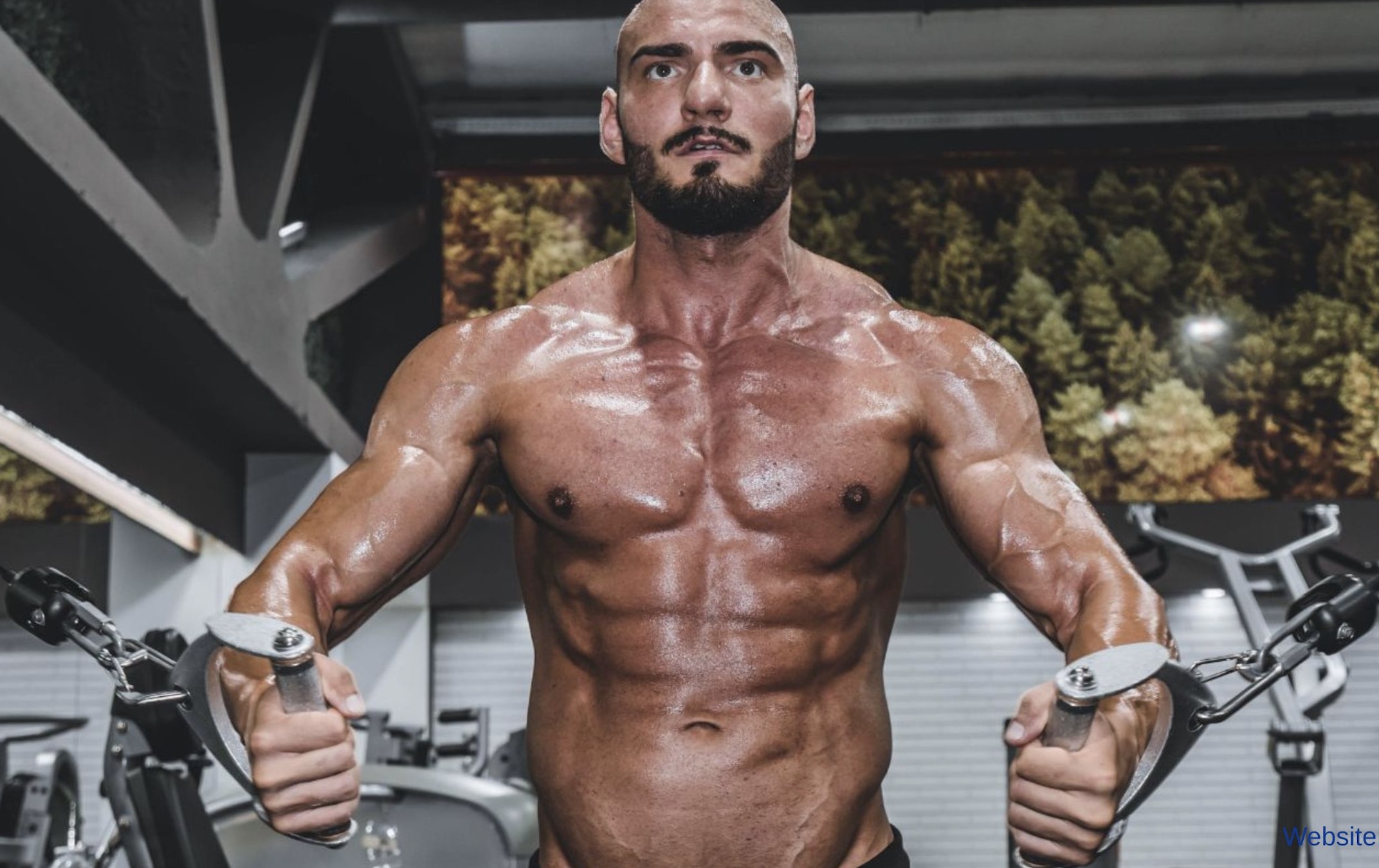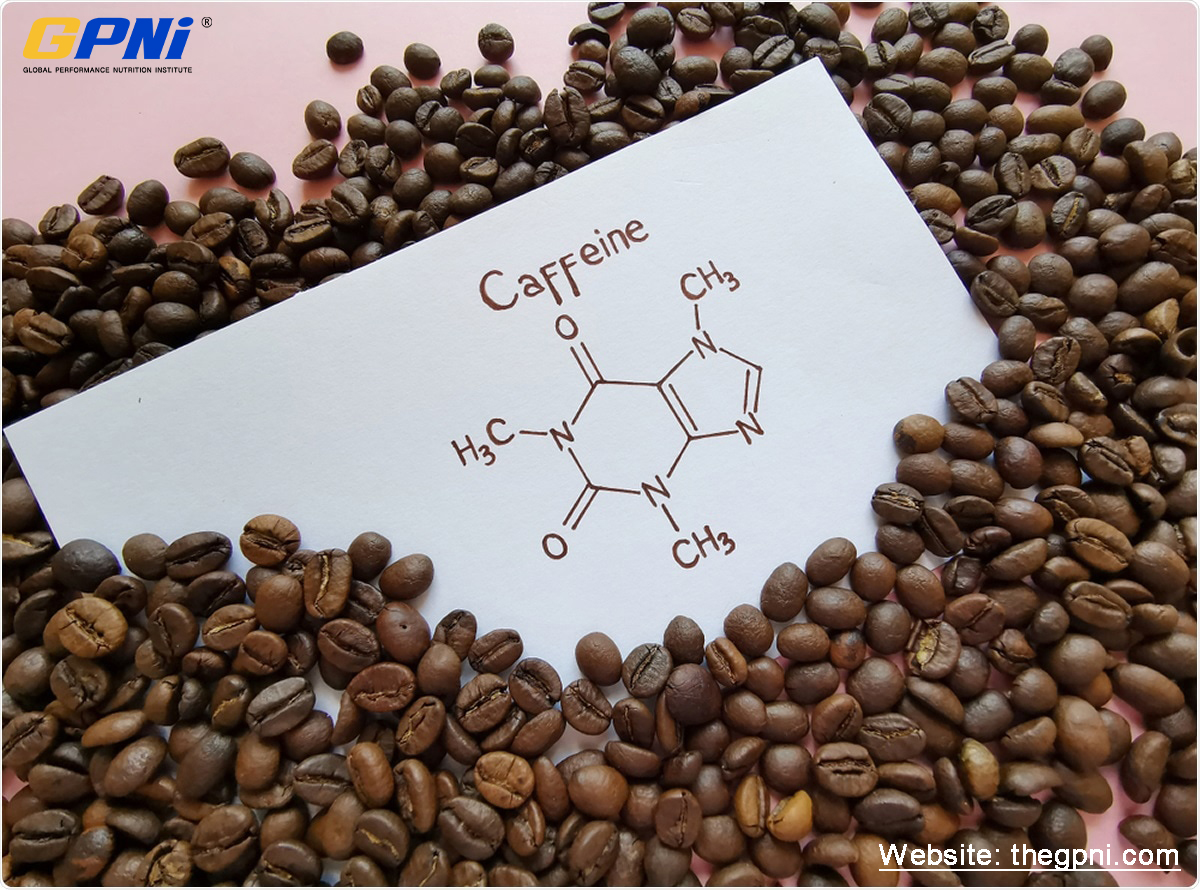More and more people are stepping on stage in bodybuilding, physique, and bikini shows. In many areas, there are now multiple contests every year, which means more athletes spending months dieting, training, and fine-tuning their physiques.
Show prep is a long process: you have to get lean enough, build enough muscle, and then, in that final stretch, manage water, carbs, and electrolytes to bring your best look to the stage. Today, we’re not talking about the whole off-season or the full dieting phase. We’re zooming in on the last week before the show—often called peak week. That one week can make a big difference in how you look under the lights.
Quick disclaimer: The strategies below are for educational purposes and are not medical advice. Extreme dehydration can be dangerous. Always work with a qualified coach and speak with a healthcare professional if you have any medical conditions.
The Traditional “Deplete and Dry Out” Approach
Best for athletes who are still slightly off in body fat or scale weight
A classic strategy used by many physique athletes goes something like this:
In the first part of peak week (about 4–6 days out), you raise protein and drop carbs. That means plenty of meat, eggs, and other protein sources, but limited starchy foods. The goal here is to deplete muscle glycogen—the stored form of carbohydrate in your muscles.
During this phase, athletes will often:
- Drink plenty of water
- Keep salt (sodium) intake normal
- Include some potassium-rich foods in moderation
Once glycogen is lowered, the second half of the week flips the script. Now the goal is to pack glycogen back into the muscles and pull as much fluid as possible into the muscle cells themselves:
- Carbs go up
- Protein comes down a bit
- Salt and water are often reduced
- Potassium intake is typically increased
The idea is to drive more carbohydrate into the muscle cells while limiting the amount of fluid that sits outside the cells. In theory, this helps “pull” water from under the skin into the muscle, creating a drier, fuller, more three-dimensional look.
This traditional approach tends to be more useful for athletes who haven’t quite hit their ideal stage bodyweight or body fat. Clever manipulation of glycogen, water, and electrolytes can help them look noticeably better even if they’re not at 100% condition.

The No-Dehydration Approach
Best for athletes whose body fat and definition are already on point
If your body fat is already low enough and your lines are sharp, a more modern strategy is to skip aggressive dehydration and instead focus on controlled carb loading with stable, higher water intake. The goal here is a look that is:
- Full and round
- Dry, but not “flat”
- With clear vascularity
A common concern is:
“If I don’t dehydrate, won’t I hold water and look puffy?”
Not necessarily. True “wateriness” on stage is often less about how much you drink and more about how you manage carbohydrates and electrolytes.
When you overdo carbs in peak week, you can go beyond what your body can store as glycogen. Once that storage capacity is exceeded:
- Excess glucose spills outside the muscle cells
- Water follows that glucose into the space outside the cells
- The result is a soft, “spilled over,” blurred look—what some athletes describe as being “soggy” or “smoothed out”
So the key is not “drink less,” but “don’t overfill the tank.” Once your muscles have enough glycogen, more isn’t better—it just starts to hurt your look.
Another important detail: sodium and potassium balance. Glucose doesn’t get into muscle cells by magic; sodium plays a role in the transport process. If you load carbs while aggressively cutting sodium, you can actually make it harder for carbs to move into the muscle where you want them. At the same time, the ratio of sodium to potassium matters for fluid shifts inside and outside the cell.
In a well-designed no-dehydration approach:
- Carbs are increased gradually and thoughtfully, not blindly stuffed in
- Sodium intake is kept in line with carb intake, not slashed to zero
- Potassium intake is managed so the sodium-potassium balance supports getting glycogen into the muscle, not spilling outside it
- Water intake stays relatively high, so the body can naturally flush any excess fluid
Done correctly, this can give you fuller muscles, tight skin, and strong vascularity—without the risks and discomfort of extreme dehydration.

So… Which Approach Is “Best”?
Both the classic “deplete and dry out” method and the no-dehydration approach can work. There is no universal “best,” only what’s best for you:
- If you’re not as lean or as light as you’d planned to be, the traditional method may help squeeze out a bit more apparent condition.
- If your body fat, lines, and weight are already where they need to be, staying better hydrated and focusing on precise carb and electrolyte management can help you look big, full, and crisp without looking flat or “spilled.”
The most important thing? Test your strategy before show week. Don’t wait until the week of your contest to try something totally new. Run a mock peak week in advance so you and your coach can see how your body responds.
Peak week is where small details can make a big visual difference. Whether you choose to dehydrate or not, aim for a plan that matches your current condition, is as safe as possible, and has been tested on your body—not just copied from someone else’s prep.












